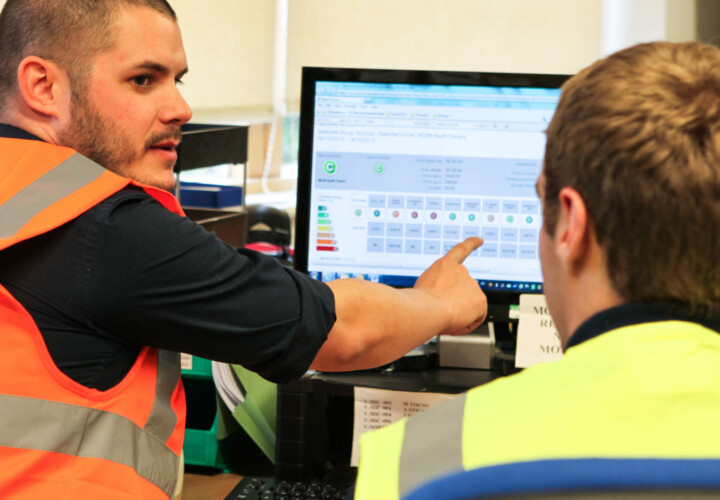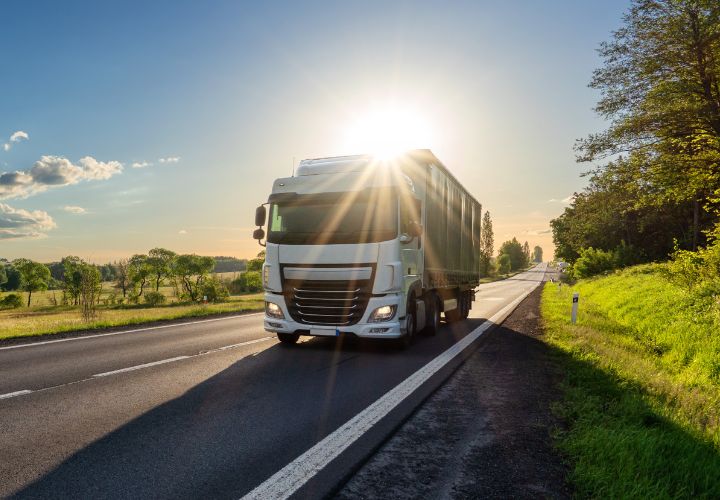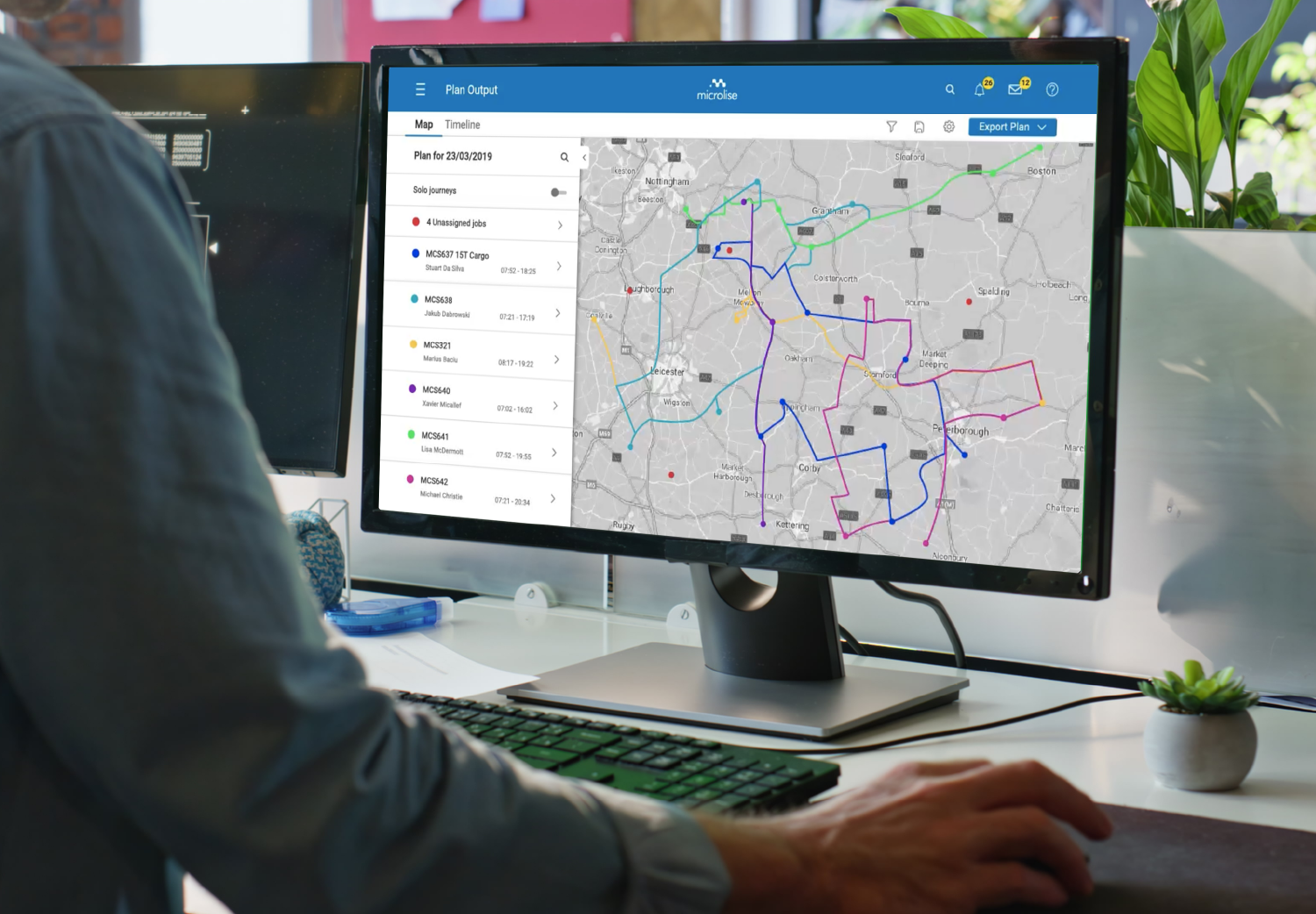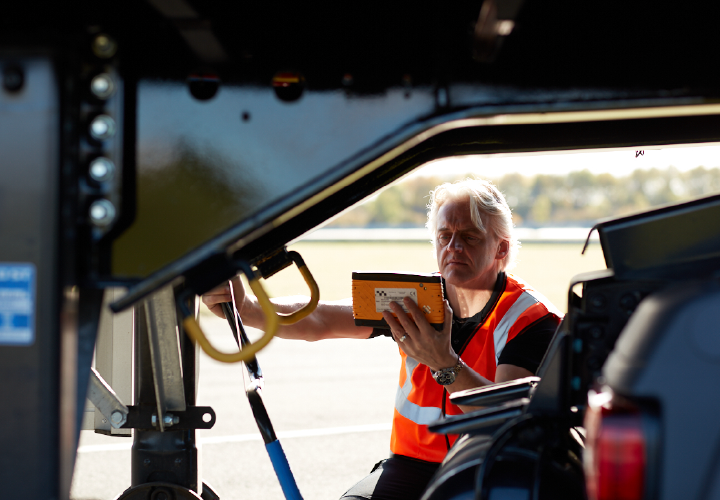Top-performing drivers are an invaluable asset to any fleet but retaining them is one of the main challenges facing operators. So, what can be done to keep your driving team engaged and fulfilled in their job – and prevent them from moving from one fleet to another — or leaving the industry completely.
Turnover is an issue for both small and large fleets and as operators continue to compete for the best drivers from an ever-shrinking pool of available candidates, there are some strategies and technologies available to help.
Keeping the team safe and secure
Keeping your drivers safe and protecting them and your organisation are important issues for any fleet business. With the right risk management approach and systems, you can protect everything you value, safeguard other road users and increase efficiency and vehicle uptime.
You’ll also support driver wellbeing by providing them with additional tools and by recognising and rewarding them for driving improvements.
Multi-Camera Solution – A multi-camera solution provides a clearer picture of what is happening in and around a cab. A blind spot camera can send a live feed to an in-cab monitor from the rear of a truck – there is also an option to take a live feed from a nearside blind spot – for increased visibility of other people, particularly pedestrians and cyclists.
In the unfortunate event of an incident occurring, you can access granular information detailing what was happening in the seconds before and immediately after an incident so that you can take prompt action to manage the process.
Vehicle Walk-Around Checks – A fully customised platform can be used to check vehicles against legal requirements and company policy. It can also highlight any repairs or maintenance needed so that a workshop can schedule maintenance before minor defects and issues become an issue.
Trucks that break down not only impact on timely deliveries but can also damage driver relationships. Having well-maintained vehicles means that drivers don’t have to worry about equipment failure and can lead to improved driver satisfaction levels.
Driver Hazard Warning (DHW) – The Microlise DHW app protects drivers against the likelihood of bridge strikes. The app runs independently of other apps, providing a visual and audible warning as height, weight and width hazards are approached. The app provides enough time to select an alternative route and can also be configured with precise vehicle dimensions so only relevant hazards are pinpointed. Historical data for up to five days can also be analysed if needed.
Panic Button – Simply knowing that backup is available in an emergency helps combat the feeling of alienation many drivers face. Drivers know that in the event of hijack or in the case of ill health, an alert can be raised at the push of a button.
Unauthorised Vehicle Movement – Vehicles can be locked down using geofences when a vehicle is parked up on overnight stays. Should the vehicle be moved within a given timeframe, an alert will be raised offering peace of mind – especially while carrying high value goods.
Rewarding top performers
By identifying stand-out drivers based on a variety of factors including harsh cornering, braking habits, acceleration and speeding you can encourage positive behaviours and discourage negative ones. Offering bonuses to individuals with high safety scores can also support engagement and retention and lead to healthy competition amongst drivers.
Knowing that driving style is being monitored can also encourage drivers to lift their standards while camera footage can also be used to support targeted training.
Helping to support drivers’ mental health
Driving for a living is both physically and mentally demanding and for many, driving during the COVID-19 pandemic increased these pressures. Support for drivers’ mental health is a key issue and on a day-to-day basis, congestion, excessive workloads, tight deadlines, and inefficient job schedules can all contribute to heightened levels of stress and anxiety.
Fleet technology can help to address these problems. Smarter navigation and routing systems can allow companies to plan around delays, helping to reduce journey times, driver frustration and the pressure of being late for customer collections or deliveries.
Integrated Planning & Execution – By shortening trip times and optimising routes, deliveries can be made efficiently and profitably – and drivers can be assigned manageable workloads while using the most efficient routes.
Telematics data can also be fed into scheduling to allow for changes based on evolving priorities and workloads, with drivers automatically updated via their in-cab driver device and populating their integrated satnav with the planned route at the touch of a button.
Last minute jobs can also be dealt with efficiently and compliantly with a view of the driver’s remaining hours ensuring that drivers aren’t put under unnecessary pressure to complete a job with limited hours left.
Improving Communication – Messaging tools help to reduce errors, cut down on wasted time and increase on-time deliveries. Continuous two-way communication helps drivers to complete jobs more efficiently and effectively as everyone – from the back office, dispatch room and drivers on the road – are on the same page.
Providing better training – Better training allows drivers to improve their skills. On-going training to refresh driver skills can benefit the entire fleet. Detailed insights about driver behaviour allows training to be tailored to each specific individual based on what they most need to improve on.
Driver performance feedback can also be provided pre-trip, post-trip as well as on the road, flagging when driving styles may be erratic or questionable. Drivers can then be given targeted coaching to support a more relaxed style behind the wheel.
Investing in vehicle maintenance – Trucks that break down not only impact on timely deliveries but can also damage driver relationships. Having well-maintained vehicles means that drivers don’t have to worry about equipment failure and can lead to improved driver satisfaction levels.
———-
Driving commercial vehicles is challenging and can involve long hours alone on the road and prolonged periods away from home. Being out of sight shouldn’t mean that drivers go without the technology and support they need to do their job as efficiently and safely as possible.




